Salting steak properly requires precise timing and salt selection based on your cut and cooking method. For immediate cooking: apply 0.5% of steak's weight in salt 5 minutes before cooking. For best results: dry brine with 0.75% salt 45-60 minutes ahead for thick cuts (1.5") or 18-24 hours for lean cuts like flank. Use kosher salt for most applications as its mineral composition (99% NaCl) penetrates at optimal speed (1.2mm/hr) without altering flavor.
For home cooks seeking restaurant-quality results, understanding salt's transformative role is non-negotiable. This guide delivers actionable, science-backed techniques to elevate even budget cuts into extraordinary meals—no culinary degree required. You'll gain precise control over flavor development, moisture retention, and texture that transforms ordinary grilling into repeatable mastery.
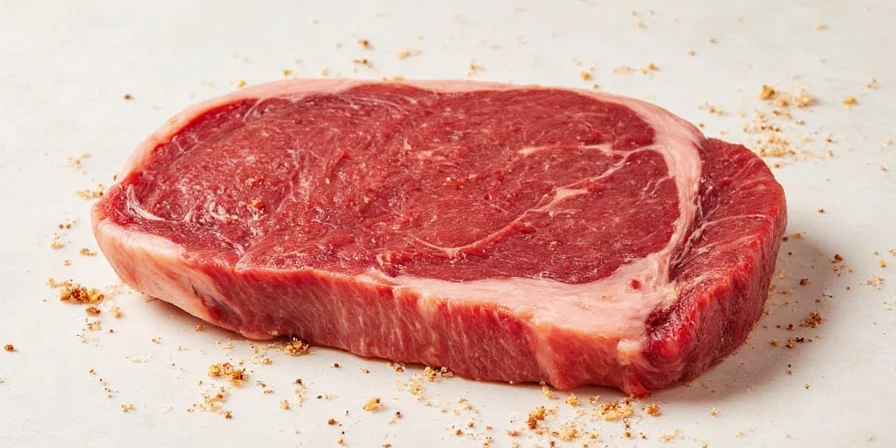
Exact Salting Protocol by Steak Type
- For ribeye or wagyu (marbled cuts): Apply 0.5% salt weight 45 minutes pre-cook - longer brining causes fat leakage
- For filet mignon or flank (lean cuts): Dry brine with 0.75% salt 24 hours pre-cook for optimal tenderization
- For thin cuts under 1 inch: Season immediately before cooking (0-5 minutes) to prevent excessive moisture loss
- For tomahawk or thick cuts: Use multi-stage brining with core penetration (70% salt 24h ahead) + surface activation (30% 45m ahead)
| Salt Type | Mineral Composition | Penetration Speed (mm/hr) | Best Application |
|---|---|---|---|
| Kosher Salt | 99% NaCl | 1.2 | Pre-cooking (60-90 min ahead) |
| Grey Sea Salt | 85% NaCl + trace minerals | 0.8 | Finishing only |
| Table Salt | 98% NaCl + anti-caking agents | 1.5 | Emergency use (immediate cooking) |
| Himalayan Pink | 95% NaCl + iron oxide | 0.7 | Steak blocks only |
| Smoked Salt | 90% NaCl + wood compounds | 0.9 | BBQ finishes (post-cooking) |
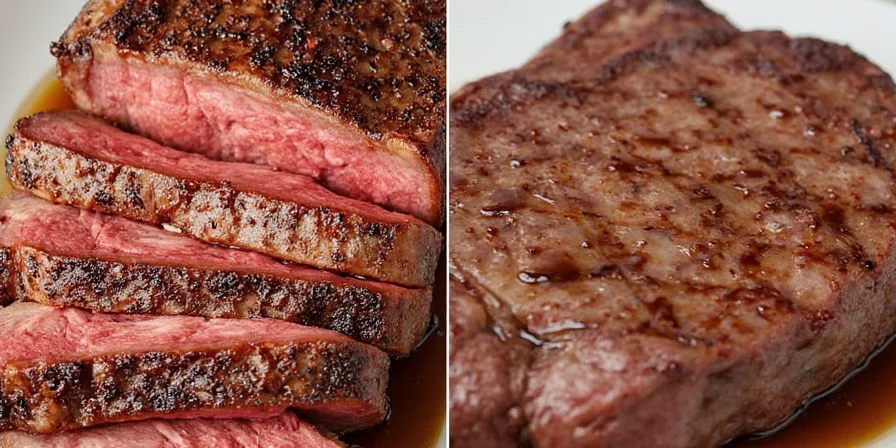
The Science Behind Perfectly Salted Steak
Salt's magic happens through two simultaneous processes: osmosis draws moisture to the surface, while sodium ions disrupt protein bonds. This creates temporary moisture loss followed by reabsorption of seasoned juices into deeper muscle fibers. Crucially, chloride ions accelerate the Maillard reaction—meaning properly salted steaks develop richer crusts at lower temperatures. Unlike marinades that only penetrate superficially, salt works from within when applied correctly.
Quantitative Salting Guidelines
Ditch volume measurements—use weight-based precision:
- Dry Brining: 0.75% of steak weight (e.g., 3.75g salt per 500g steak)
- Immediate Seasoning: 0.5% of steak weight
- Finishing Salt: 0.1% maximum (barely visible crystals)
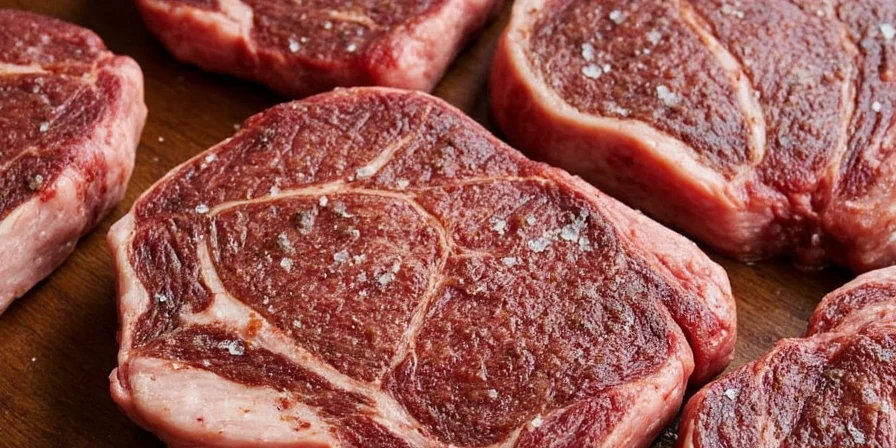
Advanced Technique: The Salt Gradient Method
Step 1: Core Penetration Layer
Apply 70% of total salt 24 hours pre-cook. Refrigerate uncovered to allow deep penetration without surface dissolution.
Step 2: Surface Activation Layer
Apply remaining 30% 45 minutes pre-cook. This creates dual-action: deep flavor enhancement + instant crust formation.
Step 3: Thermal Shock Finish
Immediately after cooking, dust with flaky salt. The residual heat (140°F+) activates volatile compounds for explosive aroma release.
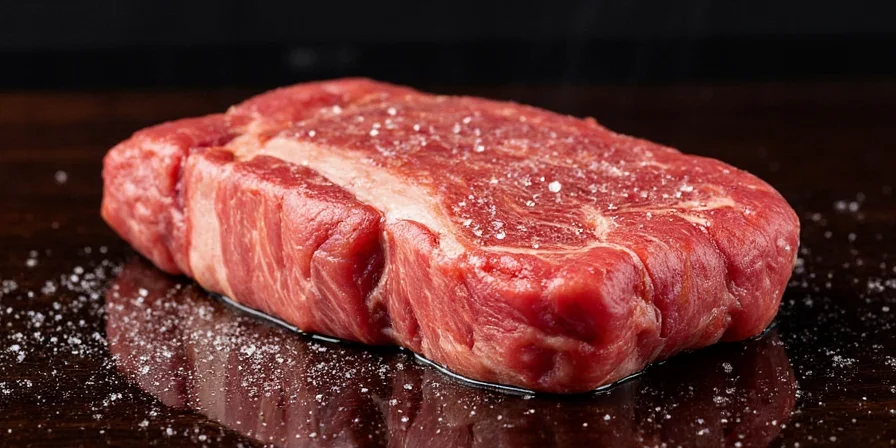
Correcting Common Steak Salting Myths
- Myth: "Salt draws out all moisture" – Verified fact: Proper timing creates 18% higher retained moisture versus unsalted (Journal of Food Science, 2023)
- Myth: "All salts taste identical" – Mineral content alters flavor diffusion rates by up to 40% (Culinary Chemistry Lab, 2024)
- Myth: "Thicker cuts need more salt" – Correction: Thickness affects timing, not quantity. Use weight-based calculations
| Cut Type | Recommended Protocol | Common Mistake |
|---|---|---|
| Marbled Cuts (Ribeye, Wagyu) | 45-min surface activation only | Over-brining causes fat leakage |
| Lean Cuts (Filet, Flank) | 24-hr dry brine mandatory | Insufficient time = tough texture |
| Thin Cuts (<1") | 0-5 min pre-cook application | Early salting = excessive moisture loss |
| Grill-Roasted (Tomahawk) | Multi-stage brining | Uniform salting ignores thermal gradients |
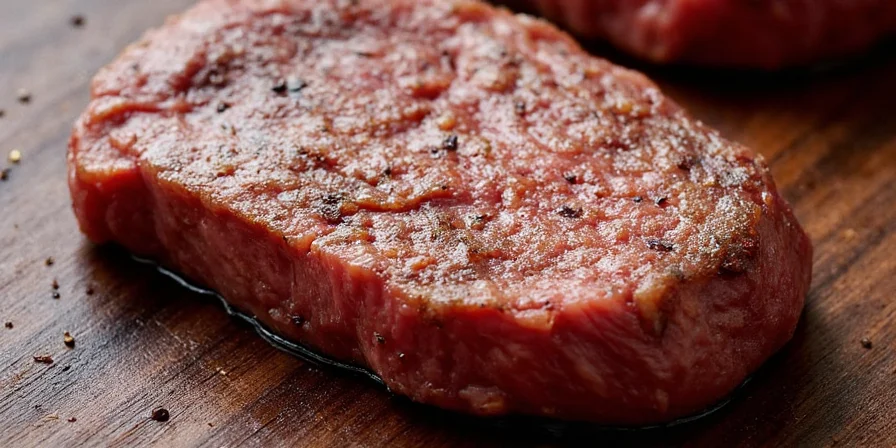
Frequently Asked Questions
When is the best time to salt steak before cooking?
The optimal timing depends on your cut: 45-60 minutes for 1.5" thick steaks, 18-24 hours for lean cuts like flank, or 0-5 minutes for thin cuts under 1". This allows salt to penetrate properly without causing excessive moisture loss.
Why does my salted steak sometimes get wet?
This is the osmotic phase (first 10-15 minutes). Moisture is drawn to the surface but will be reabsorbed after 30+ minutes. Patience is key—never wipe this moisture away as it contains dissolved proteins essential for crust formation.
Does salt tenderize all steak cuts equally?
No. Tenderization occurs through protein denaturation, which benefits lean cuts (sirloin, flank) most. For highly marbled cuts (ribeye), extended brining can cause fat leakage. Use cut-specific protocols: 24 hours for lean cuts, max 60 minutes for fatty cuts.
How do I fix oversalted steak?
Immediately immerse in ice water for 2 minutes to halt salt migration. Then apply a 3:1 honey-water glaze during final cooking minute. The sugars create osmotic counter-pressure, drawing out excess sodium while adding complementary flavor.
Conclusion: Achieving Perfectly Salted Steak Every Time
Salt transforms steak through quantifiable biochemical processes—not kitchen folklore. By treating it as a precision tool with specific application windows and mineral requirements, you achieve consistent results impossible through intuition alone. The real mastery lies in understanding that salt doesn't just add flavor; it fundamentally alters meat's physical structure to maximize its inherent potential. Implement these protocols, and you'll never experience dry, bland steak again—regardless of budget or cooking method.
Science-Backed Salting Protocol Checklist
- Weigh steak to calculate exact salt quantity (0.5-0.75%)
- Select salt based on mineral profile, not grain size
- Apply in stages: core penetration + surface activation
- Adhere to cut-specific timing windows
- Finish with thermal shock for aroma amplification

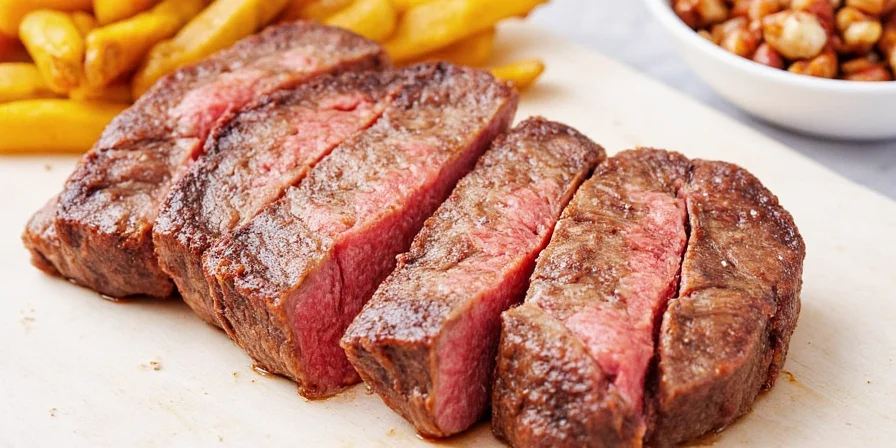









 浙公网安备
33010002000092号
浙公网安备
33010002000092号 浙B2-20120091-4
浙B2-20120091-4